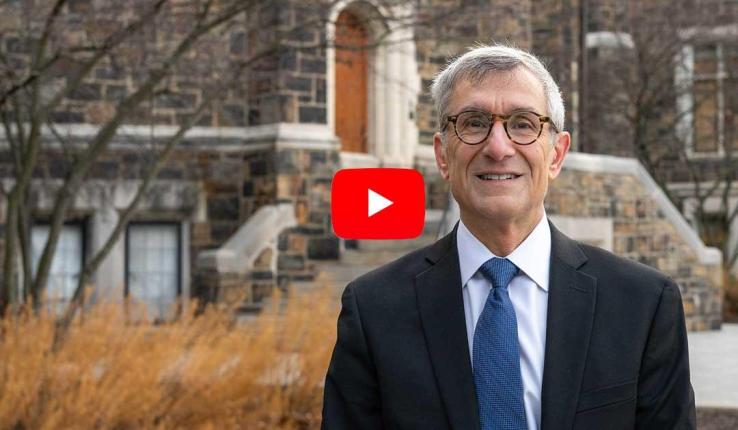The results of Banerjee's experiments using mayonnaise could apply to high-energy density physics problems relevant to inertial confinement fusion.
In the experiments, Hellmann’s Real Mayonnaise was poured into a Plexiglass container. Different wave-like perturbations were formed on the mayonnaise and the sample was then accelerated on a rotating wheel experiment. The growth of the material was tracked using a high-speed camera (500 fps). An image-processing algorithm, written in Matlab, was then applied to compute various parameters associated with the instability. For the effect of amplitude, the initial conditions were ranged from w/60 to w/10, while the wavelength was varied from w/4 to w to study the effect of wavelength (“w” represents the size of the width of the container). Experimental growth rates for various wavelength and amplitude combinations were then compared to existing analytical models for such flows.
This work allows researchers to visualize both the elastic-plastic and instability evolution of the material while providing a useful database for development, validation and verification of models of such flows, says Banerjee.
He adds that the new understanding of the “instability threshold” of elastic-plastic material under acceleration could be of value in helping to solve challenges in geophysics, astrophysics, industrial processes such as explosive welding, and high-energy density physics problems related to inertial confinement fusion.
Understanding the Hydrodynamics of Inertial Confinement
Banerjee works on one of the most promising methods to achieve nuclear fusion called inertial confinement. In the U.S., the two major labs for this research are the National Ignition Facility at the Lawrence Livermore National Laboratory in Livermore, California—the largest operational inertial confinement fusion experiment in the U.S.—and the Los Alamos National Laboratory in New Mexico. Banerjee works with both. He and his team are trying to understand the fundamental hydrodynamics of the fusion reaction, as well as the physics.





